The Unknown of the Universe: Big Bang, Consciousness & the Quest for Knowledge: Dr. Durgatosh Pandey
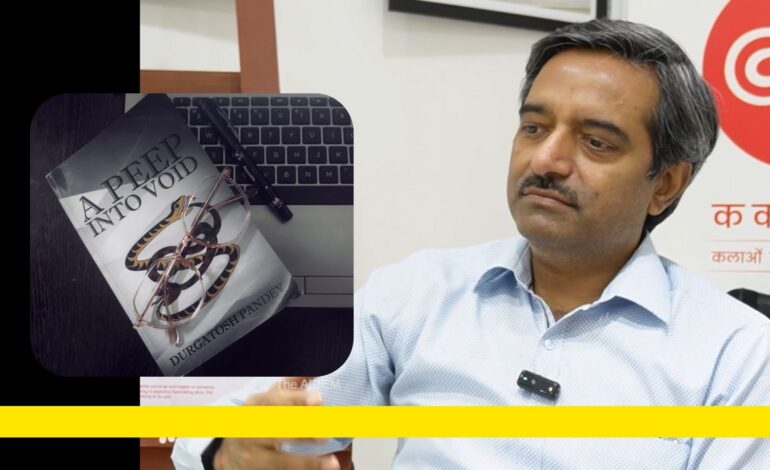
What banged in the Big Bang? How does zero shape our understanding of reality? Can human consciousness ever be fully explained?
In this thought-provoking discussion, Dr. Durgatosh Pandey, author of A Peep Into Void, explores the mysteries of existence, diving into the origins of the universe, the nature of consciousness, and the need for a scientific temper.
Gaurav Tiwari: In the fourth episode of Book Baithak, I am joined today by Dr. Durgatosh Pandey, who is an oncology surgeon by profession. Some time ago, Dr. Pandey authored a book titled A Peep Into Void.
The subject of today’s discussion stands apart from the topics of our previous episodes, where we explored the works of two devotional poets and delved into the life of the South American revolutionary, Che Guevara. Today, the focus shifts to science and curiosity.
Sir, to begin with, could you tell us more about your book? What is it about, and how did the idea of writing this book come to you as an oncology surgeon?
Durgatosh Pandey: As you mentioned, I am an oncology surgeon by profession, and I greatly enjoy my work. However, since childhood, my mind has been filled with curiosity about various topics—especially the ones that don’t have clear answers. I would often create my own theories and hypotheses, and spend time deeply contemplating them. To understand what might be possible, I would read numerous books.
In the context of this curiosity, certain thoughts came to my mind. Since mathematics and physics were not my core areas of study, I tried to shape my ideas in my own way and presented them in this book. There are aspects that are already well-known, but also concepts that remain unknown—areas that people are still trying to understand. I explored why we aren’t able to grasp some of these topics thoroughly and made an attempt to understand them.
Today, there is a prevalent trend toward specialization in every field—be it medicine, physics, or philosophy. Earlier, philosophy used to view the whole as a whole. But now, we are trying to understand the whole in parts. We understand this part and that part, but how do we comprehend the entire whole? To achieve this, either specialists need to communicate and understand each other’s languages, or there must be a subject—like philosophy—that can encompass and integrate everything.
Unfortunately, this integrative aspect seems to be missing today. For me, not being a specialized physicist or mathematician turned out to be an advantage. Specialists often think in a singular way, but being outside those confines allowed me to think differently and approach this subject with a broader perspective.
The genesis of this book lies in this very approach. As for its content, it predominantly revolves around science. It raises fundamental questions to understand how the universe and reality behave—at the macro level, micro level, cosmic level, and quantum level—and how we can perceive all these aspects together.
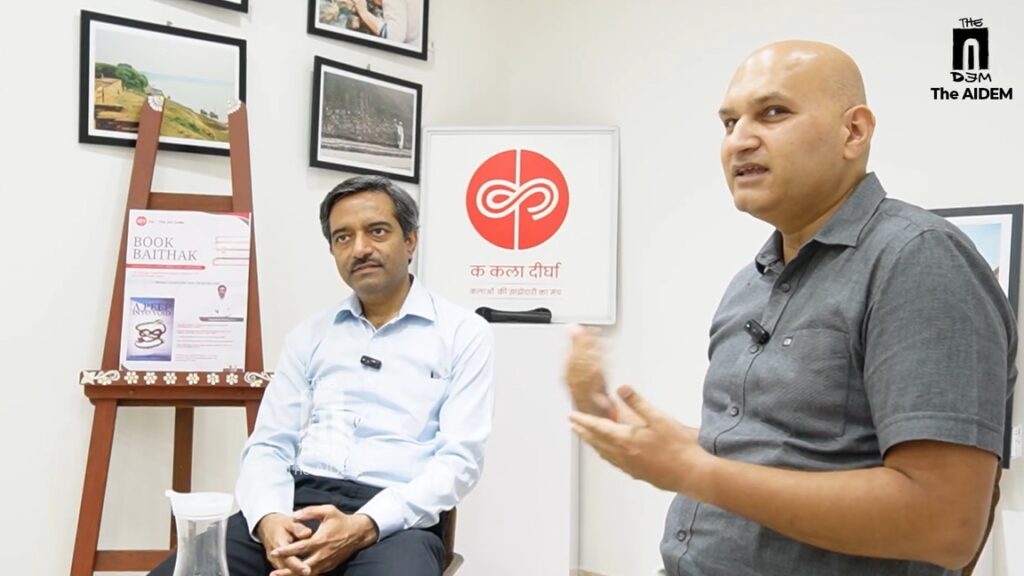
Gaurav Tiwari: Sir, when I read your book, one aspect stood out as particularly interesting and highly relevant to today’s times. We often associate science with certainty—thinking that science provides answers to everything. On the other hand, anything unknown or unexplained is often detached from science and linked to religion or other realms.
In your book, you provide examples where even popular scientific theories, after reaching a certain point, lack definitive answers. While we understand how they behave, we don’t fully comprehend why they behave in certain ways. You have connected this uncertainty to curiosity and inquiry. Could you elaborate on this concept further?
Durgatosh Pandey: It is incorrect to think of science as something certain. At its core, science is a logical analysis of things. It attempts to express phenomena in mathematical formulas or equations, and then uses those to make predictions. These predictions are experimentally verified, and only then is a theory accepted. However, if even a single experiment or observation contradicts the theory, scientists begin investigating the reasons behind the discrepancy.
For example, when Newton proposed his theory of gravity, it worked perfectly in most cases. However, it failed to explain certain phenomena, such as Mercury’s precession. Mercury orbits the sun, but the orbit itself slowly rotates—a phenomenon known as precession. Though the angle of precession is small enough to be ignored in most calculations, it exists, and Newton’s theory could not account for it. Einstein’s theory of gravity, however, successfully explained Mercury’s precession.
Einstein’s theory also led to several groundbreaking predictions, such as the existence of black holes and the bending of light near a massive object due to spacetime curvature. These were later observed as gravitational lensing and the existence of black holes, validating his theory.
When Einstein was awarded the Nobel Prize, a fellow laureate in literature—I forget his name—remarked that Ptolemy’s universe lasted for 1,400 years before Copernicus introduced his model, which lasted another 400 years. Then came Newton, whose universe prevailed for 300 years, followed by Einstein. The comment was a reflection on how long Einstein’s universe might endure.
Science is an ever-evolving phenomenon that learns from its mistakes. It acknowledges its limitations, which is part of a logical, inquiry-driven process, as opposed to the superstition-based approaches often found in myths.
Gaurav Tiwari: Sir, in your book, you discuss zero, infinity, philosophy, and the cosmos, and the idea of bringing these concepts together. I would like you to talk more about this.
Durgatosh Pandey: From as early as the ninth grade, a question lingered in my mind—”Where did everything come from?” When we think about the origin of the universe, we ultimately trace everything back to its beginnings. For example, the Earth was born from the Sun, the Sun from a galactic cloud, and the cloud from something even earlier. The most widely accepted theory is the Big Bang.

What was the Big Bang? It was an infinitely dense complex of matter and energy, as today we accept that matter and energy are equivalent. Suddenly, this dense matter-energy complex started expanding, initiating the phenomenon called the Big Bang—not an explosion, but rather an expansion of this complex. The expansion marked the beginning of time, created space, and threw out matter and everything else that exists now.
But the next logical question arises: “Where did this infinitely dense matter-energy complex come from?” Science remains silent on this point, considering the question irrelevant since time itself began with the Big Bang. Before the Big Bang, time had no meaning, according to this view. Yet, such an explanation doesn’t satisfy our curiosity, as it leaves some aspects unexplained. This silence can seem similar to the concept of God creating everything; in both cases, we attribute the unexplained origin to something we cannot fully grasp.
When we cyclically ask where things came from, we logically reach zero. Zero represents nothingness, and asking “where did nothingness come from?” has no meaning. If we can explain that everything comes from zero, it makes sense. My initial thought was to present zero as the sum of all things—like +x, -x, +2, -3, +1—where everything adds up to zero. All the matter, energy, space, and time we observe are essentially components of this balance, which ultimately returns to zero.
Now, infinite divisions of zero yield infinite parts of positive and negative, which still sum to zero. Einstein’s famous equation, (E = mc^2), brought equivalence between mass and energy. Later, his theory of relativity introduced the equivalence of space and time. This reduces four components (mass, energy, space, and time) into just two pairs—space-time and matter-energy.
According to the Big Bang theory, everything began as zero. The sudden expansion separated these components into distinct entities that can no longer return to their undifferentiated state. For example, in biological sciences, an embryo starts as an undifferentiated entity with the potential to form any type of cell. From the same initial cell emerge nerve cells, brain cells, kidney cells, liver cells, and heart cells. However, a heart cell cannot revert to the original undifferentiated state.
Similarly, the Big Bang represents this undifferentiated entity that gave rise to space, time, matter, and energy. Just as every atom contains a universe within it, our bodies embody a miniature version of the Big Bang—a miniature universe. This aligns with the philosophical idea that “a drop is not merely a drop of the ocean, but the ocean is present within the drop.” Every atom inherently holds the essence of the universe.
Gaurav Tiwari: Sir, it’s quite fascinating that this thought struck you in the ninth grade—or rather, your curiosity emerged then. How did this curiosity remain alive over time? Because, in today’s world, as we’ve discussed earlier, specialization often sparks curiosity initially, but it tends to fade away amidst jobs, studies, and other responsibilities. How did you sustain your curiosity to the point that it eventually culminated in the form of this book?
Durgatosh Pandey: I may not be able to fully answer why my curiosity persisted, but it was largely fueled by the books I kept reading. Books would fulfill this need for exploration. One such book was A Brief History of Time by Stephen Hawking, a remarkable work that stirs curiosity. Rather than simply providing answers, the best part about science books is that they spark questions in the reader’s mind, which is a core function of science—it encourages inquiry more than it provides solutions. Answers, often, are aimed at practical applications such as engineering, societal advancements, building bridges, creating missiles, or designing vehicles. Science’s true progress lies in identifying gaps and raising questions, and someone trying to answer those questions advances science.
For example, there are two major theories in physics right now: the theory of relativity and quantum theory. The theory of relativity explains the macro world, while quantum theory delves into the micro world. Both are complete theories in themselves. However, quantum theory is difficult to grasp due to its inherent uncertainty—you cannot simultaneously determine the position and velocity of an electron. While relativity offers an orderly framework, quantum theory operates statistically and lacks that orderliness.
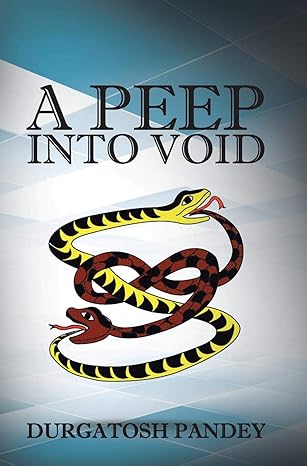
The lack of harmony between these two theories raises questions about why they cannot integrate. While I lack specialized training in these fields, I can understand why such integration might not be possible. One potential reason is that we view everything in terms of continuity. Mathematics, particularly calculus, is centered on continuity. It allows infinite divisions, reducing things down to the smallest possible points. But is such a point even possible? Is the nature of reality truly continuous, or does it manifest in discrete jerks?
Quantum theory proposes that phenomena like light exist in quantized packets of energy, called photons. A photon represents the smallest indivisible unit of energy. Thus, quantum theory rejects continuity and demands a new mathematical framework based on discontinuity to explain why relativity and quantum mechanics lack harmony.
Philosophy, too, has been connected to these ideas. My reading has always been eclectic—ranging from mythological stories and Upanishads to Western philosophy. Among the Upanishads, one notable shloka is:
पूर्णमद: पूर्णमिदं पूर्णात् पूर्णमुदच्यते।
पूर्णस्य पूर्णमादाय पूर्णमेवावशिष्यते॥
(Meaning: “That is whole; this is whole. From the whole, the whole emerges. When the whole is taken from the whole, the whole remains.”)
The shloka originally describes Brahman and the individual soul, but I interpret it differently: “This is whole, that is whole. From this whole, the universe emerges whole. When this whole is taken from that whole, the whole still remains.” Similarly, zero itself is whole. From zero, the universe emerges and exists as whole entities. Even after removing the universe, zero remains whole.
This logical thinking in the Upanishads is extraordinarily scientific. If we can see this broader perspective, we should not dismiss it but instead embrace it.
There is one thing we still cannot explain—what is consciousness? This ties into the point I raised earlier. Has science been able to explain consciousness? Is it merely a function of the brain’s waves and the electrical signals within the nerves? If so, is that all there is to consciousness?
Gaurav Tiwari: Sir, could the question also be whether consciousness exists at all? Is consciousness even a “thing”?
Durgatosh Pandey: Correct. The question itself may be whether consciousness exists at all. Consciousness, as we explain it, could simply mean awareness—being aware that you are Gaurav Tiwari, that you have accomplished certain tasks, and that these memories exist within you. Memory, of course, exists in various forms. But the fact that you perceive yourself as Gaurav Tiwari, or that I see myself as Durgatosh Pandey, stems from awareness—a sense of individual identity. This awareness, distinguishing us from one another, is what we term as consciousness.
But where does this consciousness arise from? Is it a quantum phenomenon? Can it be tied to such physical principles? We don’t know the answer. And we must be candid enough to admit that we do not know. That is what my book emphasizes—the acknowledgment that there are things we don’t yet understand. Science, however, is rooted in curiosity and the drive to explore what we currently cannot explain.
In this vein, I proposed my own hypothesis during college: A Split of Zero. The concept emerged from a dream—a realization that zero could split into +x and -x. Zero, in essence, comprises everything balanced together—the positives and negatives—yet sums to zero. This is where my exploration began. Probable theories suggest that the universe itself might be a Split of Zero. The Big Bang could also represent such a split into numerous positive and negative entities, the sum total of which is zero.
The idea of a Split of Zero led me to ask, “If zero can split, why can’t other entities split?” Why can’t 2 split into 4 and -2? Why doesn’t this bottle of water split into something else? What is so unique about zero that allows it to split, whereas other entities cannot? I pondered this for years, but no definitive answers emerged.
Eventually, I connected this hypothesis with quantum phenomena. Things begin “misbehaving” at micro scales—that is, they no longer exhibit deterministic behavior. The closer an entity approaches zero, the more unstable it becomes. This led to my theory: The instability of an entity is directly proportional to its proximity to zero. The nearer an entity gets to zero, the more unstable it becomes. Extending this idea further, zero becomes infinitely unstable—unable to exist as a stable entity. In mathematics, zero exists, but in reality, “nothing” is not truly nothing—it still includes space, time, matter, energy, and consciousness. Even in a vacuum, where space and time continue to run through, it cannot be considered absolute nothingness.
Absolute nothingness would mean the absence of space, time, matter, energy, and even consciousness—a true void. But such a void cannot exist because it would be infinitely unstable. Therefore, nothingness must manifest as a multitude of positives and negatives, which is precisely the universe we see before us.
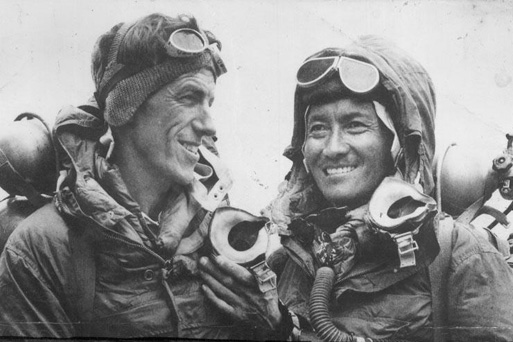
Gaurav Tiwari: This is fascinating, Sir, especially given the context of Book Baithak, where one of our main objectives is to encourage people to read more. From everything we’ve discussed so far—your thoughts, inquiries, and the time you’ve dedicated to reading and exploring—none of it seems directly related to your immediate profession. So, why do you pursue all of this?
Durgatosh Pandey: Not everything is done merely for professional reasons. Some things are pursued out of interest or as hobbies. You can think of this as a hobby—one that arises from curiosity. Hobbies often originate from a desire to satisfy our curiosity, or because they bring a sense of peace. For example, some people find peace in painting, others in music, or some in other activities. Perhaps I enjoy exploring these ideas in the same way.
There are many aspects that I don’t fully understand when I delve deeply into a subject. At such times, I refrain from looking at things microscopically and instead try to comprehend them at a broader level. This helps me shape my perspective—for instance, how things might move or behave.
As of now, my thoughts revolve around the idea that mathematics of continuity has explained many phenomena to us quite well, but it does not effectively explain quantum-level behavior. This is why we rely on statistical probabilities, which are far better suited for such explanations. What we need, however, is a mathematics of discontinuity—discrete mathematics. For example, at scales below certain distances (like (10^{-x}) meters), space may cease to exist meaningfully. Similarly, time intervals below certain thresholds—like (10^{-34}) or (10^{-35}) seconds after the Big Bang—cannot be properly explained by our current physics.
Between (t = 0) and (t = 10^{-35}) seconds, the physics breaks down. This is the same phenomenon observed at the center of a black hole, where physics fails to explain singularity. Perhaps we lack sufficiently developed mathematics for such cases. It could also be that intervals smaller than (10^{-35}) seconds simply do not exist, implying a quantum of time and space, just as we have a quantum of energy, represented by photons. A minimum quantum of time and space must exist—a threshold below which neither can exist meaningfully.
If this concept holds true, it suggests that nature presents itself in discrete packets, even though we try to explain it through continuity. To truly understand nature, we must learn the language in which it expresses itself. Mathematics is the language of nature. All things are ultimately explained through mathematics. Hence, we must develop a mathematics of discontinuity—discrete mathematics—to understand these phenomena.
I am unsure whether there is ongoing work in this area or not. If someone is working on it and this idea reaches them, I sincerely hope they take it forward.
Gaurav Tiwari: Sir, you mentioned that reading is your hobby and it brings you joy. What kind of joy do you experience through reading? In your professional journey, after trying various things, what benefit or advantage have you found in this hobby of book reading that made you continue pursuing it?
Durgatosh Pandey: Perhaps it’s difficult to frame this hobby in terms of advantages. It reminds me of the question asked to Tenzing Norgay when he climbed Mount Everest: “Why did you climb it?” His answer was simply, “Because it exists.” Similarly, our nature compels us to engage in activities, think about things, and keep ourselves occupied—whether through sports, music, or other endeavors.
Claiming that someone has no time would be inaccurate. While we face time constraints, it’s always possible to carve out moments within 24 hours to dedicate to ourselves—be it through reading, exercising, playing sports, or enjoying music. Reading, for me, creates a wavelength that resonates with those who share the same hobby. It allows me to discuss various questions and ideas with them, which makes it immensely fulfilling.
Reading doesn’t need to be linked to one’s professional or earning life. Relationships, for example, aren’t transactional—whether between siblings, friends, family members, or even between a father and son. Similarly, not every activity needs to be transactional. When you read, it does offer benefits, but not in a transactional sense. Reading expands your mind, broadens your horizons, and fosters acceptance of differences—both in others and within yourself.
Essentially, reading is a complete activity in itself. While it might not provide immediate tangible benefits like money or status, its impact is profound and sacred. The sacredness of any activity lies beyond its transactional ability, making it far more meaningful.
Watch the full interview here.








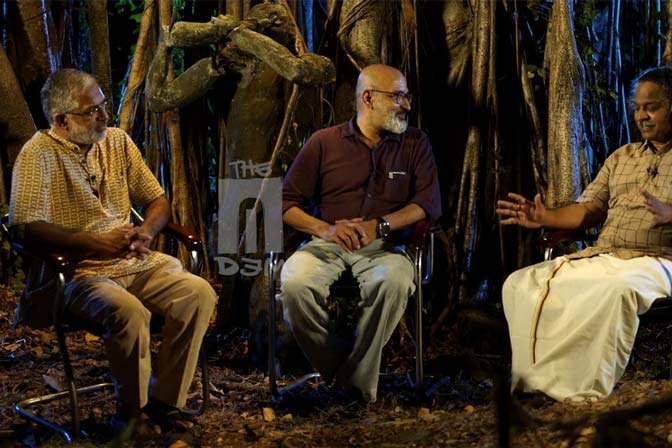
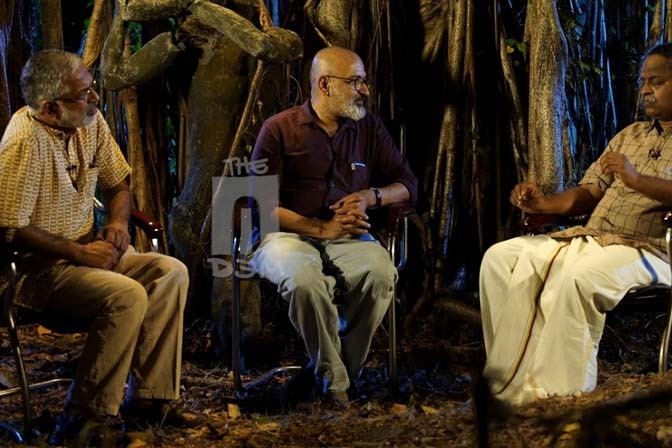


Thank you Sirs, for this wonderful interview. I felt it like the question and the answer while reading. Not as just an interview between interviewer and the author. Learning is a Fun. Loved it.